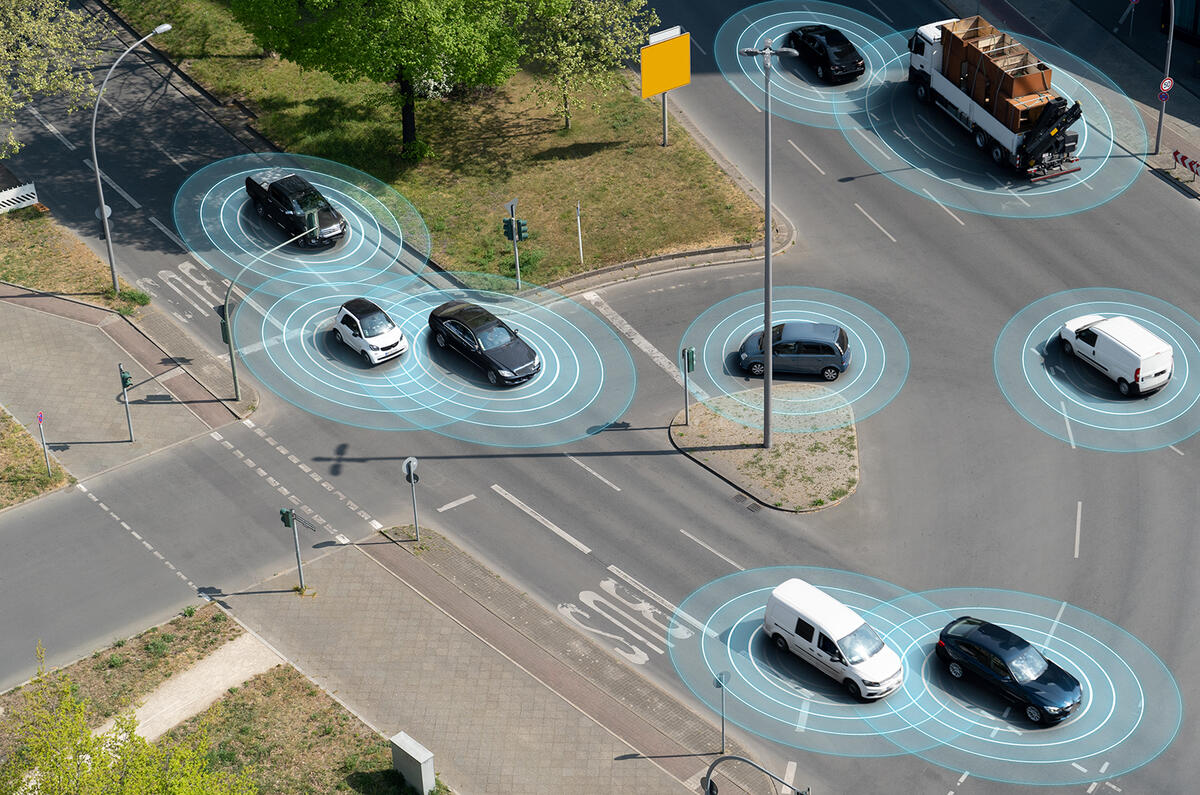It’s been a long time since cars were simply about getting people from point A to point B. Today, our vehicles are more like smartphones or computers, packed with the very latest connected technology to make driving easier, safer and more relaxing.
But, this shift to intelligent always-on tech comes with complex issues concerning communication infrastructure. Live traffic updates, autonomous driving, real-time telematics data, even simple infotainment usability – they all require fast, reliable and efficient over-the-air messaging to operate. That’s where Internet of Things specialist EMQ is changing the game.
Using advanced Message Queuing Telemetry Transport (MQTT) ‘over’ Quick UDP Internet Connections (QUIC) messaging protocols (don’t worry, we’ll come back to this in a moment), EMQ’s latest product, EMQX, acts as a scalable, reliable and secure broker, helping connected technology in our cars communicate with the wider automotive infrastructure to keep cars up-to-date and receiving the data they need.
In this article, we’ll break down exactly what MQTT messaging is, what its benefits are and why EMQX could help your products communicate faster and more reliably than ever before. To find out more about how MQTT messaging can work for your business, download EMQ's comprehensive research paper below.
Download EMQ's full report here
What is MQTT messaging and what are its benefits?
Let’s start with covering some basic terminology. The Internet of Things (IoT) refers to any device with sensors, processing ability, software and other technologies that connect and exchange data with other devices and systems over the internet or other communications networks.
Today’s cars are packed with so much connected technology that they even have their own phrase: Internet of Vehicles (or IoV for short). As we’ve covered, the tech in IoVs can cover anything from infotainment and live traffic updates to full autonomous driving and smartphone connectivity (such as the ability to lock and unlock your car from the comfort of your home).
For years, MQTT has been the de facto messaging protocol used to allow these devices to communicate with each other and the wider automotive network. MQTT effectively acts as a server between these devices, ensuring that the correct messages are sent to the correct devices at the correct time.
MQTT is based on a publish-subscribe model. This means that devices, such as sensors in your car, can either publish and send data to another device, or subscribe and receive data from another device. Or, a device can be both a publisher and a subscriber, both sending and receiving data. Simple.
MQTT is used by the majority of Internet of Vehicles devices because it offers lightweight messaging for fast delivery and reliable control with advanced fault-tolerance mechanisms to ensure data reaches its intended target. Below, we’ve broken down the benefits in greater detail:
1. Fast delivery: Thanks to its lightweight and streamlined connections, MQTT messaging requires far less network bandwidth than other message protocols, improving latency and efficiency. In fact, latency through EMQX is just 1 millisecond.
2. Scalability: Lightweight connections mean that MQTT messaging is hugely scalable, with EMQX capable of managing 100m+ connections through a single cluster (multiple MQTT servers working together).
3. Reliability: MQTT was designed specifically for reliable messaging under challenging network conditions. Where other messaging protocols might lose data indefinitely when connection is lost (when you drive through wooded areas, for example), MQTT uses ‘persistent sessions’ and back-up servers (clusters) to ensure messages are delivered swiftly and reliably once connection is restored, and no data is lost.
4. Security: When proper security methods are adhered to, connected cars using MQTT over public internet connections are extremely secure. A variety of authentication methods are used and can be totally encrypted, typically using the transport layer security (TLS) protocol. This all means that MQTT can protect private data from intruders much better than alternative messaging protocols.

MQTT ‘over’ QUIC and where EMQ is changing the game
Now we’ve established what MQTT messaging is, it’s time to look at how EMQ’s latest product, EMQX, is transforming the Internet of Vehicles landscape for faster, more reliable and even more secure connections.
Quick UDP Internet Connections (QUIC) is a new message transport designed to work with and enhance (hence the phrase ‘over’) existing MQTT server protocols. In short, QUIC technology is implemented with less connection overhead, lower message latency, and better and more modern algorithms that are better for dealing with network switches, data congestion, data loss and other challenges faced by MQTT servers.
MQTT over QUIC technology also benefits from a wide range of improved capabilities such as higher connection stability for better reliability, better overall performance, greater efficiency in reconnection and a more flexible architecture, resulting in faster and more reliable connections.
Finally, MQTT over QUIC uses end-to-end encryption as standard, making connections and messaging even more secure. Additional features like message prioritisation are also in development for MQTT over QUIC protocols.
In the future, this enhanced messaging protocol will continue to provide greater benefits to customers and manufacturers. Possible uses include remote predictive and preventative maintenance for owners and garages, enhanced localised safety information, including information on roadworks and more accurate traffic updates, large-scale coordination of autonomous vehicles, and real-time telematics for drivers, car owners, insurers, car sharing providers and regulators.
As of now, EMQ is the only MQTT broker that can support enhanced MQTT over QUIC technology. This is why, with more than 400 customers – including an enormous partnership with SAIC Volkswagen that already counts for millions of connected vehicles – EMQX is the number one MQTT platform for Internet of Vehicles and is helping to shape the future of connected vehicles and mobility.
Download EMQ's full report here




Add your comment